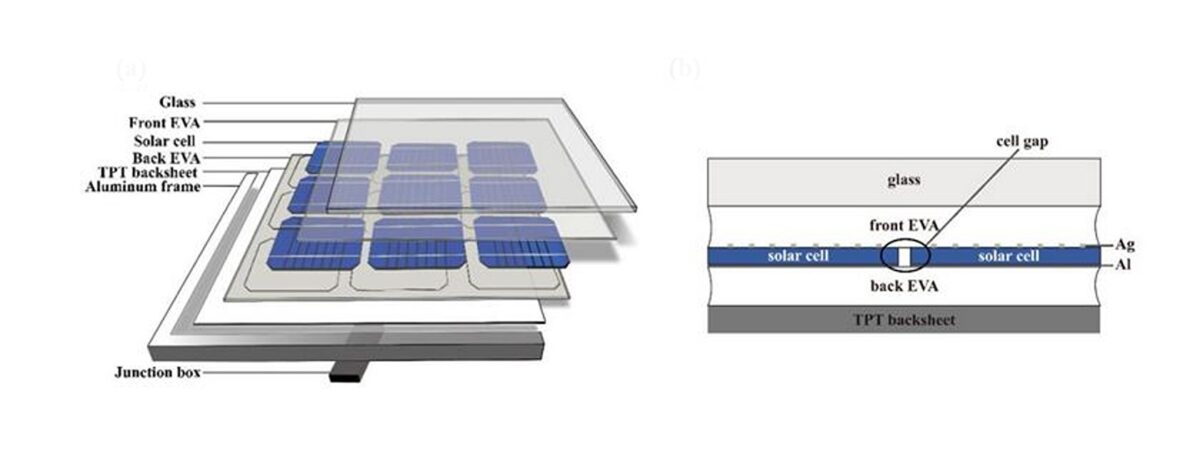A group of scientists led by the Chinese Academy of Sciences (CAS) has developed a new method to detach ethylene-vinyl acetate
(EVA) encapsulant from solar modules at the end of their lifecycle.
“Our research indicates that controlling the degree of EVA expansion is crucial for efficient delamination,” the research's lead author, Dong Wang, told pv magazine. “Based on this, we carefully selected natural limonene as a green solvent. At certain concentrations and temperatures, limonene can induce appropriate expansion of EVA, efficiently breaking the interface bonds without causing excessive expansion and damaging the solar cells. This process enables the complete delamination of glass.”
Limonene is a chemical found in the rind of citrus fruits, such as lemons, limes, and oranges and, according to the research team, facilitates the controlled swell of EVA in the decapsulation process, which in turn prevents cell disruption due to uneven force during swell.
“This reagent does not react with EVA chemically, which mainly induces controllable swelling of EVA, creating conditions for the efficient recycling of the reagent,” Wang further explained, adding that this non-toxic reagent achieves interlayer separation by disrupting the silane groups on the surface of the glass and backsheet in contact with EVA.
The scientists conducted a series of experimental tests in a double-layered glass reactor and a constant-temperature ultrasonic reactor to generate ultrasonic physical fields. The glass separation rate was determined using the weighing method, involving the measurement of glass mass before and after separation with an electronic balance.
They also used thermogravimetric analysis (TGA) and X-ray photoelectron spectroscopy (XPS) to analyze the chemical composition and bonding mechanism at the interface between EVA, glass, solar cells, and backsheet.
The analysis showed that the new technique is purportedly able to break the bonds in the interfacial adhesive region without excessive damage to the solar cells. “This controlled swelling proved to be essential for efficient delamination as evidenced by the degree of swelling and morphological changes.” the academics stated.
“Under optimized experimental conditions, we were able to fully separate the glass and backsheet, enabling the potential for complete recovery of crystalline silicon solar cells,” Wang added, noting that adjusting the concentration of the limonene solution was the key to effectively regulate the expansion of EVA. “Combining with the physical field of ultrasound, we accelerate solvent penetration and the breaking of cross-links, thereby enhancing separation efficiency.”
The research team introduced the proposed approach in the study “Effective decapsulation method for photovoltaic modules: Limonene-induced EVA controlled swelling under sonication and debonding mechanism analysis,” published in the Journal of Cleaner Production.
This content is protected by copyright and may not be reused. If you want to cooperate with us and would like to reuse some of our content, please contact: editors@pv-magazine.com.




1 comment
By submitting this form you agree to pv magazine using your data for the purposes of publishing your comment.
Your personal data will only be disclosed or otherwise transmitted to third parties for the purposes of spam filtering or if this is necessary for technical maintenance of the website. Any other transfer to third parties will not take place unless this is justified on the basis of applicable data protection regulations or if pv magazine is legally obliged to do so.
You may revoke this consent at any time with effect for the future, in which case your personal data will be deleted immediately. Otherwise, your data will be deleted if pv magazine has processed your request or the purpose of data storage is fulfilled.
Further information on data privacy can be found in our Data Protection Policy.